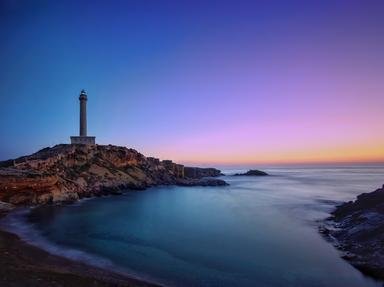Quiz Answer Key and Fun Facts
1. Often categorized into classes such as Suezmax, Chinamax and Capesize
2. Equipped with a lifting front visor and loading ramps at both ends
3. Operated by companies such as Carnival, Norwegian and Royal Caribbean
4. Fleet comprises a third of the world's seagoing tonnage; largest class is called ULCC
5. Small vessels providing propulsion and manoeuvring to larger ships
6. Vessels with limited or no own propulsion, often seen on canals
7. Capacity measured in TEU
8. Almost extinct class in the 21st century, last sailing representative is the Queen Mary 2
9. Specialized ships that greatly contribute to internet infrastructure
10. Versatile vessels usually equipped with own loading cranes
Source: Author
WesleyCrusher
This quiz was reviewed by FunTrivia editor
stedman before going online.
Any errors found in FunTrivia content are routinely corrected through our feedback system.
